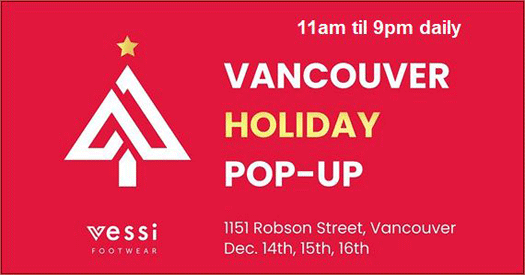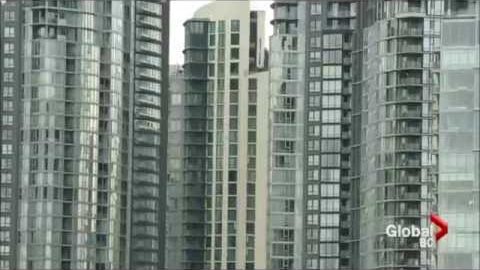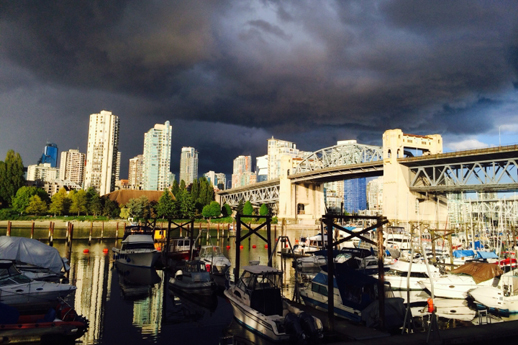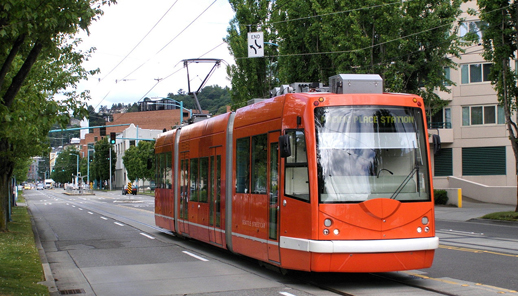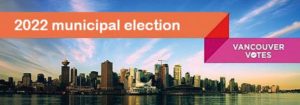
In somewhat under a year — Saturday, October 15, 2022 to be exact — the next Vancouver municipal election will take place, when a Mayor and 10 City Councillors will be elected to civic office at Vancouver City Hall in our fair city by the sea.
Although VanRamblings will not commence intensive coverage of Vancouver’s next civic election until sometime in the spring of 2022, there is enough going on politics-wise in our city to comment on the state of municipal political affairs — which is what VanRamblings will set out to do over the next couple of weeks.
Why all the hubbub about Vancouver politics in the autumn of 2021?
When our NDP provincial government brought in legislation governing the conduct of municipal elections — limiting / eliminating third party advertising in the three months prior to the election date, while also limiting the expenditure of monies each civic party, and candidate, could spend towards the goal of achieving civic office — the doors were left wide open to spend any amount of money in the civic arena prior to the exertion of British Columbia’s civic election “restriction date”.
367 days before the municipal election, and we have our first big event of the campaign: a dinner to formally nominate Ken Sim (who lost by 1,000 votes to Kennedy Stewart in 2018) as the mayoral candidate for the new A Better City party. pic.twitter.com/1A3RU2EdGy
— Justin McElroy (@j_mcelroy) October 14, 2021
Thus you have A Better City mayoral candidate Ken Sim — who in the 2018 Vancouver civic election ran as Mayoral candidate for the Non-Partisan Association, coming within 1,000 votes of becoming our city’s Mayor — holding a campaign kickoff and fundraiser this past Wednesday at Chinatown’s Floata Seafood Restaurant, where all of Vancouver’s esteemed civic reporters were on hand to nosh on food, and otherwise kibbitz with one another and attendees at this swish municipal affairs soirée. That Peter Armstrong (Mr. Sim’s main financial backer, who introduced Sim to civic politics), he sure does know how to put on a feed.
Current Vancouver Mayor Kennedy Stewart has announced that he’ll seek re-election in 2022. Longtime political fixer and campaign strategist extraordinaire, Mark Marissen, has announced his bid for Mayor, as has current Park Board Commissioner John Coupar. Vancouver City Councillor Colleen Hardwick has also served notice that she will seek the Mayoral nomination with a reinvigorated TEAM (The Electors Action Movement) civic party — that’s five mayoral candidates.
VanRamblings believes that the 2022 Vancouver municipal election will prove to be the ugliest and most divisive civic election ever waged in our west coast burgh, that there’ll be no end of bad behaviour from the myriad candidates putting their names forward in the hope of gaining office and tenure on Vancouver City Council, that OneCity Vancouver — and more particularly, OneCity Vancouver’s resident ‘mean girl’ Council mainstay, Christine Boyle — will run a vicious campaign of unrivaled and unmitigated class warfare against the parties and candidates OneCity has already successfully defined as “right wing”, with the media buying into this condemnable nonsense hook, line and sinker. Alas — it was always thus. ?

